Two waves of slightly different frequency create beats when added together.
Click on image for full size
Wave Beats
Sound travels in waves. When the waves hit your ear, you hear a sound.
Have you ever noticed the waves in the ocean? They go up and down, up and
down. Sound waves act the same way. The number of times they go up and
down is called the
frequency. People measure frequency
in units called hertz. One hertz is equal to one complete wave (up and
down) in one second. People can hear sounds between 20 and 20,000 hertz.
Another property of a waves is called
amplitude.
Amplitude is how strong or weak a wave is. In a lake, the amplitude of
waves is usually measured in feet or meters. The amplitude of a wave
switches between up and down (positive and negative). The waves switch
back and forth and are called periodic functions because they repeat in a
certain period of time.
When waves run into each other, they usually don't reflect. Instead,
they combine. If the amplitudes of two waves point in the same direction
(either up or down), then the new wave has a larger amplitude. This is
called
constructive interference. Sound waves with a
higher amplitude sound louder. If the waves had opposite amplitudes (one
pointed up and the other pointed down), then the new wave has a smaller
amplitude. This is called
destructive interference.
Two waves that add together might have different frequencies. That means
that the peaks won't always line up the same way because one wave is
moving faster than the other. When this happens there are times when the
waves interfere constructively and times when they interfere
destructively. In music, musicians call this a
beat.
You can hear beats when two instruments are almost playing the same
note, but not quite. Musicians use beats to tune instruments. When you
can't hear beats anymore, the instruments are tuned. This is how
Doppler could tell that
the frequency of the trumpets on the train had changed--he heard the wave
beats.
You might also be interested in:

How did life evolve on Earth? The answer to this question can help us understand our past and prepare for our future. Although evolution provides credible and reliable answers, polls show that many people turn away from science, seeking other explanations with which they are more comfortable.
...more
Christian Doppler was an Austrian mathematician who lived between 1803-1853. He is known for a principle he proposed in 1842. This is now known as the Doppler Effect. He thought that the pitch of a sound
...more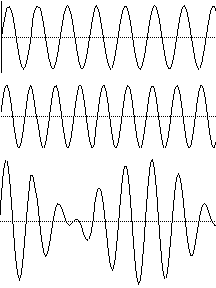
Sound travels in waves. When the waves hit your ear, you hear a sound. Have you ever noticed the waves in the ocean? They go up and down, up and down. Sound waves act the same way. The number of times
...more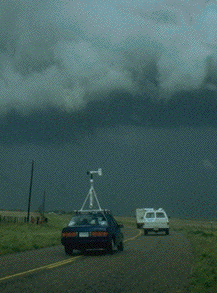
Storm chasers are different than storm spotters. Chasers travel around Tornado Alley looking for severe storms and tornadoes. Sometime there are dozens of chasers following the same storm. All kinds of
...more
A tornado is the most destructive natural storm. You might think that this also means that tornadoes are the strongest storms; that's not the case. In fact, a thunderstorm which produces a tornado can
...more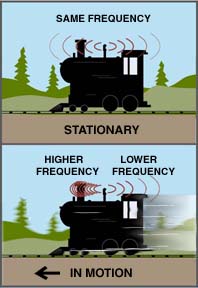
The Doppler effect was named after Christian Doppler, who first came up with the idea in 1842. He learned that sound waves would be pushed closer together if the source of the sound was moving toward you.
...more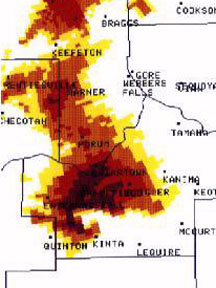
Tornadoes are hard to forecast. They don't last very long so there's not much time to figure out what's happening. Also, scientists don't really know how they form. They know what the weather's like when
...more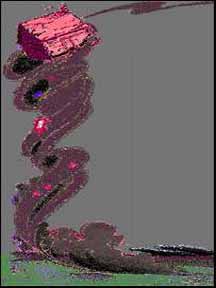
Has someone told you to open your windows during a tornado? Or has someone told you that you don't have to worry about tornadoes because the place where you live is protected? These are two of the most
...more









